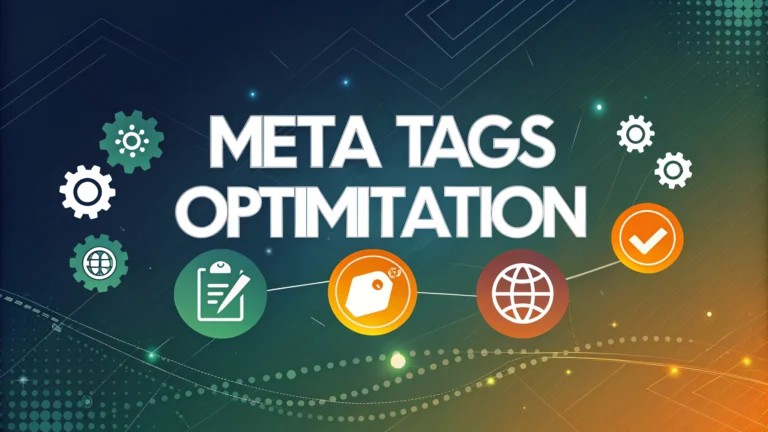Search engine rankings can rise or fall based on strategic meta tag implementation. Most website owners overlook these powerful HTML elements that serve as digital gatekeepers for search engine visibility and user engagement.
Understanding Meta Tags: The Foundation of SEO Communication
Meta tags represent critical HTML snippets hidden within a webpage’s source code that communicate essential information to search engines and potential visitors. These concise descriptors help search algorithms understand your content’s context, relevance, and purpose.
1. Crafting Compelling Title Tags
Title tags act as your webpage’s primary digital billboard, appearing in search results and browser tabs. They require precision, strategic keyword placement, and compelling copywriting to attract clicks and improve search rankings.
Key considerations for title tag optimization include:
- Limit title length to 50-60 characters
- Include primary target keyword near the beginning
- Create unique titles for each page
- Maintain natural, readable language
Effective title tags balance technical SEO requirements with human readability. They should feel natural while strategically incorporating relevant keywords that match user search intent.
Title Tag Best Practices
| Element | Recommendation |
|---|---|
| Length | 50-60 characters |
| Keyword Placement | First 3-5 words |
| Branding | Include company name |
2. Meta Description Mastery
Meta descriptions serve as your content’s elevator pitch in search results, providing a concise summary that entices users to click through to your webpage.
A well-crafted meta description can significantly improve click-through rates by offering clear value propositions and addressing user search queries directly.
Optimization strategies include:
- Write descriptions between 150-160 characters
- Include primary and secondary keywords naturally
- Articulate clear value or solution
- Use active, compelling language
3. Header Tags and Semantic Structure
Header tags (H1-H6) provide critical structural hierarchy for both users and search engines. They help organize content and signal topical relationships within your webpage.
Proper header tag implementation improves readability and SEO performance by creating clear content sections and helping search algorithms understand page structure.
4. Canonical Tags: Preventing Duplicate Content Issues
Canonical tags help search engines understand which version of a page should be considered the “master” copy, preventing potential duplicate content penalties.
By specifying a preferred URL, you consolidate ranking signals and ensure search engines index your most important page variant.

